Temple Street & Victoria Harbour
Wednesday, January 18, 2012
 Hong Kong, China
Hong Kong, China
Hey Hey and a Big G'Day toya,
Like most, my first introductory memories of 'China’ were that of the mysterious eastern lands of Hong Kong, where east met west, chop sticks replaced the more civilized knife, fork and spoon. Coolies ascended the wealthy high from the humidity and notorious mosquitoes whilst my mother took me to school by car. Bat winged Chinese Junks continued to carry strange talking people and their goods to and fro while I learned to water ski behind my family’s private motor boat. Extended families all shared a small space and lacked the privacy I took for granted while throwing tantrums over being sent to my own bedroom for not eating my mushy peas.
Just another day in the life of a young Aussie Roo in the Land Down Under!
Now, many decades and travel hours under the belt later, let us continue with my day!
But before we do, I just want to say one more thing;
After nearing seven years living in China, I am finally here in Hong Kong.
For some reason I never actually thought that I would head south and click my chop sticks with the southern Chinese that actually made up most of my younger Asian memories. After giving away all my belongings to Australian charities at the end of 2004 and moving to China in 2005, the difference between the two currencies threw up a second Great Wall for me. But this year I decided to Mongolise myself and break through the personal and financial Great Wall and take my beloved Squeeze, Lisa Jane (JiangNi) on the 2012 Winter Beers N Noodles Adventure down to Honkers to sample much Cantonese food along with far too much beer from a world wide selection!
Here we are, trying to speak Cantonese, swapping sneaker treads, beer caps, camera lenses and spit Bruce Lee style with our mainland chopsticks in hand! So where do we begin our Hong Kong Adventure, no better place than Kowloon!
Kowloon (locals are more likely to pronounce it Gaolong), the peninsula pointing southward towards Hong Kong, and whose name means ‘Nine Dragon’ is a stark blend of locals and tourists , of opulent hotels and crumbling tenements and of class and sleaze. Many travelers will stay and shop somewhere along its neon-lit and traffic choked main drag, Nathan Road, but it’s well worth getting into the lively back streets, including the restaurant strip of Ashley Road, the nightclubs and eateries of Knutsford Terrace and the Temple Street night market.
The Tsim Sha Tsui District (where we are staying)
Tsim Sha Tsui sits at the southern tip of Kowloon and is the most-touristy part of the entire city and also the logical place from which to start exploring Kowloon. Just east of the Star Ferry terminal is the Hong Kong Cultural Centre precinct and the lower end of Nathan Road is known as the Golden Mile, a reference to both the price of its real estate and its ability to make money out of tourism. Halfway up the thoroughfare is Kowloon Park, an oasis of greenery in the midst of Tsim Sha Tsui’s bustle. This is a great place to come to see Hong Kongers enjoying themselves, particularly on Sundays when the place is packed with Filipina, Indonesian and Sri Lankan domestic workers enjoying their only day off singing, dancing and flirting along with Sunday also being the day for Kung Fu Corner, a display of traditional Chinese martial arts.
When walking around Hong Kong’s Mong Kok District you can glimpse of its past history by checking out the street names as they are a colourful reminder of the bygone days. There is Yuen Po Street (Vegetable Patch Street), Sai Yeung Choi Street (Watercress Street), Yuen Ngai Street (Horticulture Street), Fa Yuen Street (flower Garden Street), Yim Po Fong Street (Bleaching Sheds Street), Pak Po Street (White Cloth Street), Hak Po Street (Black Cloth Street) and Yin Chong Street (Tobacco Factory Street) to name a few.
Nothing else remains of the old Mong Kok village except these street names!
Now For a Guided Tourer of the Day!
Yuen Po Street Bird Garden, Flower Market & Goldfish Market
The charming Chinese style garden on Yuen Po Street includes some seventy songbird stalls as well as a courtyard and moon gates.
Fa Yuen Street
Fa Yuen Street is the place to be if you want to find bargain priced trendy fashion and casual wear for men, women and children.
Shanghai Street
This is one of the city’s oldest streets and is filled with kitchenware and home style stores, one of such makes and supplies more than seventy percent of chopping boards used in Hong Kong. Once there were many but now only a few remain, found amongst these stores are several shops selling Chinese-style wedding clothes which feature stunning embroidery.
Temple Street Market: Yau Ma Te
Temple Street Market, also known as Temple Street Night Market, is one of Hong Kong’s biggest and arguably best markets. If you’re only going to see one market while in Hong Kong, it should probably be Temple Street Market. The market doesn’t really get busy until after dark, and even if you aren’t interested in a bargain, it’s worth a visit to see the crowds and colors and enjoy some food. There are hundreds of stalls on Temple Street alone but also on many of the streets that intersect with Temple Street. The emphasis is on fashion, with stalls selling everything from knock off Gucci handbags to carefully embroidered Chinese jackets, but you can find stalls selling just about anything. You should be warned that many of the goods on offers are fakes or copies, which is why they’re often priced so cheaply. In addition the market itself, you’ll also find an endless supply of Dai Paid Dongs serving street side snack food on plastic seating as well as clusters of fortune tellers offering palm readings, tarot cards and more.
Found Around the Center of the Temple Street Market is Wong Tai Sin
For all Wong Tai Sin’s religious significance and supposed medicinal powers, many worshippers come here seeking good health of the hip pocket. In Hong Kong, luck, money and religion are inseparable many of the temples are like a one-stop luck supermarket. But as in any market, you have to pay for the goods. In this case Hong Kongers consult their choice of dozens of soothsayers and for a small fee these wise ones can divine the future by reading your palm or more exotic mediums, such as the Chim (fortune sticks) or Sing Pei (aka the Buddha’s Lips). If the signs are positive, then all is good and you may choose to take the next boat to the casinos of Macau. If not, Hong Kong is a land of positive fatalism where no fate is beyond change and all that is required is to know the steps to take to change your fate, so for a bit more money the folks at Wong tai Sin can sort you out!
Tin Hau Temple
This temple is dedicated to the Goddess of Seafarers, Tin Hau and it’s location in the middle of urban Yua Ma Tei might seem odd, but long ago before massive reclamation, it was on the harbor front and over the decades the water receded and the locals continue to worship.
Jade Street Market
Around four hundred stall owners sell amulets, ornaments, necklaces and trinkets made from the revered green stone, this is a fun place to browse and buy and inexpensive memento of your visit, but think twice about buying anything costly unless you are a jade expert. Many Chinese people believe that jade can protect them from evil spirits and calm their emotions and that’s why they buy tiny jade bracelets for their babies.
And In Between Sites There is Always Hong Kong Food & Street Food
One of the world’s great food cities, Hong Kong offers culinary excitement whether you’re spending a small amount of a bowl of dumplings or a huge amount in a chic temple to haute cuisine. The best of China is well represented, be it Cantonese, Chiu Chow (southern china), Northern, Shanghai or Sichuan cuisine. If you have been on the road in China for some time this will be old hat, fear not! The international fare on offer is diverse, too, including Italian and Asian fusion, some sensational Japanese food, cheap and cheerful Thai, fiery Indian curries, Malay laksas and innovative vegetarian options.
It is an expensive place to dine by regional Chinese standards, but the price of a decent quality meal is comparable with similar places in Beijing, Shanghai and usually cheaper than Sydney, Melbourne,
London or New York. If you can’t decide exactly what you fancy, following your nose in certain areas can be more than rewarding. One of the reasons why Hong Kong is the Culinary Capital of Asia is the remarkable ingenuity of its chefs. Long before fusion style cooking ever became popular many of the café’s here ‘easternised’ their western menu’s by cooking with soy sauce and presto, fusion cooking Hong Kong style was born. Hong Kong's street food is one of the city's unique experiences and identifying individual Dai Pai Dongs is nigh on impossible, as they often have no name, move locations and many kitchens frequently meld into one.
There are probably more than one hundred ways to accidently eat meat in Hong Kong and sensitivity towards vegetarians is very low.
If you are a strict vegetarian you may as well forget about dim sum. A plate of greens would be cooked in meat stock and served with oyster sauce. Vegetable dumplings might have been seasoned with lard, and minced pork creeps in when you least expect it. You can tell the staff ‘I’m a Vegetarian but it almost never helps. In fact, Cantonese food in general is a minefield for vegetarians. Superior broth, made with chicken and Chinese ham is a prevalent ingredient, even in dishes where no actual meat is visible. In budget Chinese restaurants, chicken powder is used liberally, often in place of salt. The safe bet for veggies wanting to go Chinese is either a specialised vegetarian eatery or upscale Chinese establishments, especially those in hotels, where the chefs will substitute the flavor of meat stock with logan fruits and mushroom broth.
At The End of The Day We Relaxed Watching The Symphony of Lights Show
Hong Kong’s Symphony of Light show is the world’s largest, permanent light show and is nothing short of spectacular. Using the forest of skyscrapers that surround Hong Kong’s Victoria Harbour, the Symphony of Lights sees the skyline pulse and flash with spotlights and colored beams all set to music. The show features forty four of Hong Kong’s most iconic skyscrapers and buildings and is a carefully crafted and choreographed fourteen minute extravaganza.
Beers N Noodles toya…..shane
___________________________________________________________
The soundtrack to this entry was by Prince
The album was ‘Graffiti Bridge’
____________________________________________________________
Other Entries

 Hong Kong, China
Hong Kong, China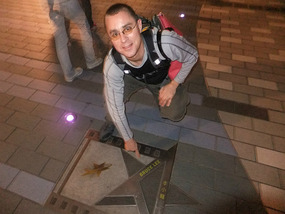
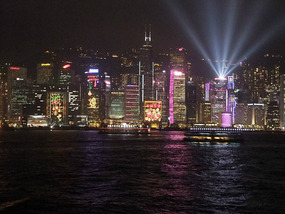
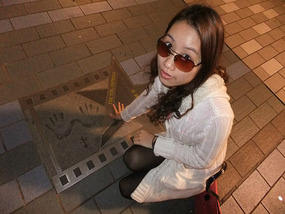
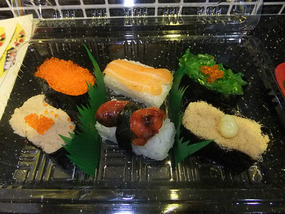
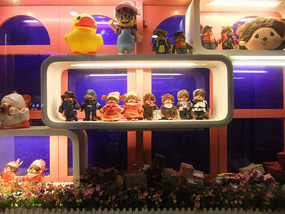
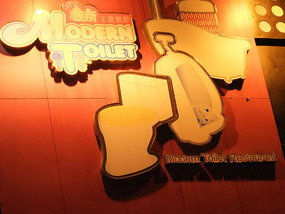
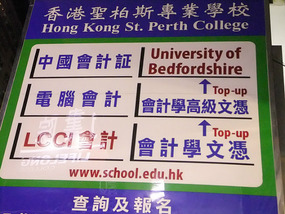
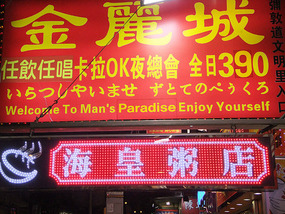

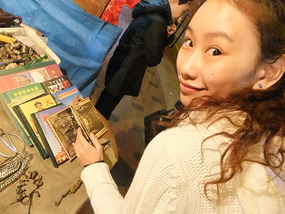
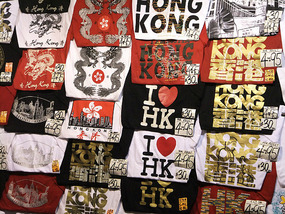
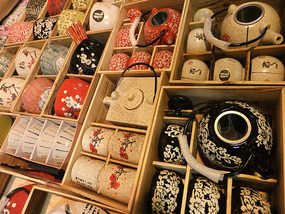
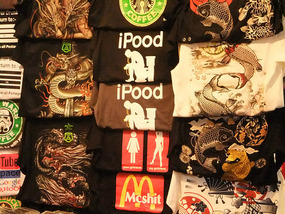
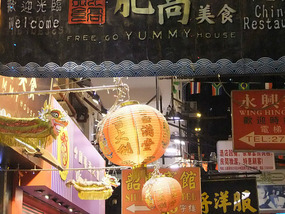
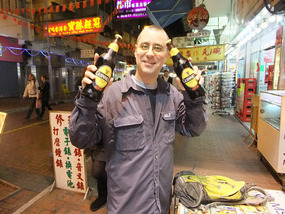
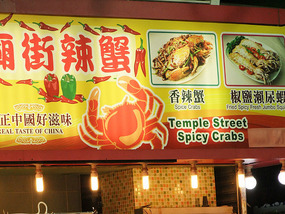
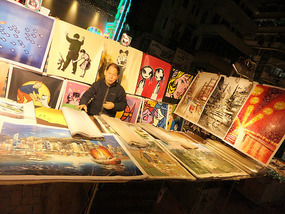
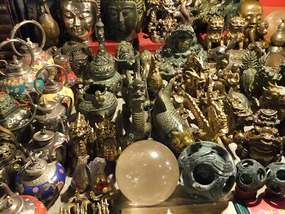
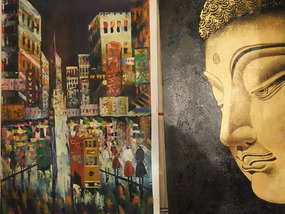
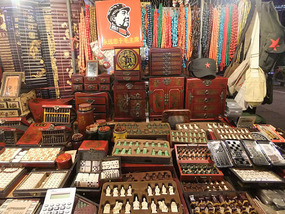
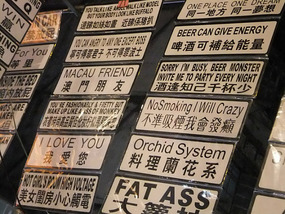
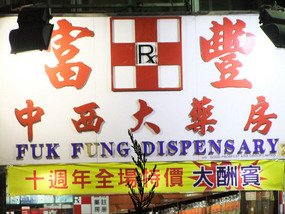
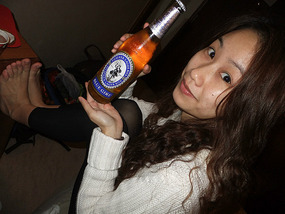
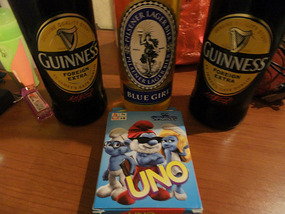
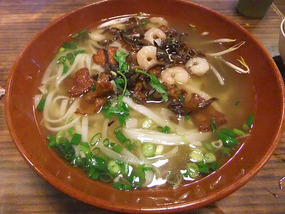
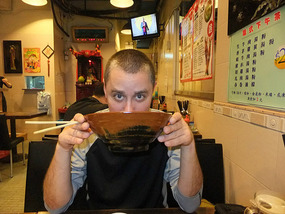
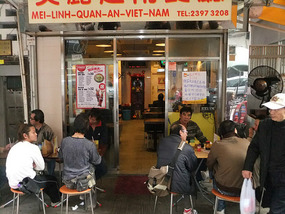
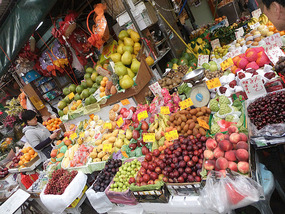
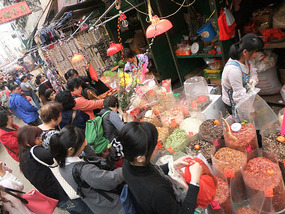
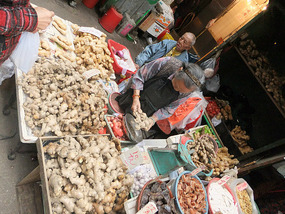
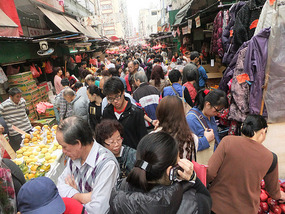
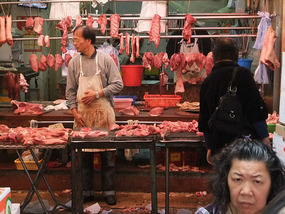
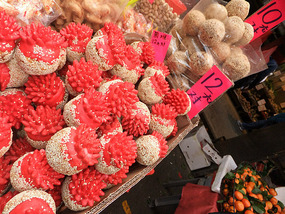

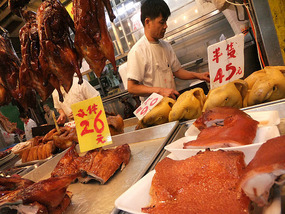
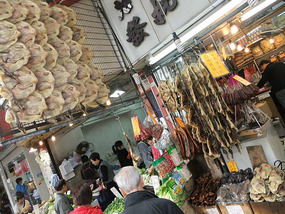
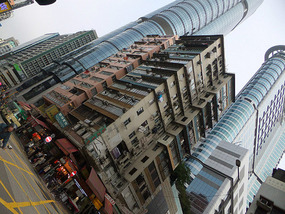
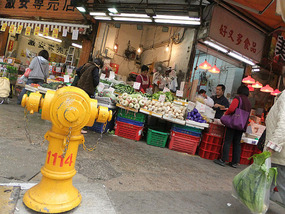
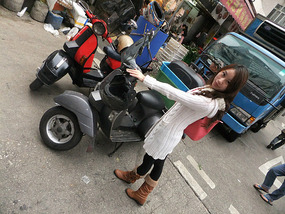
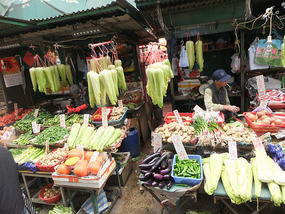
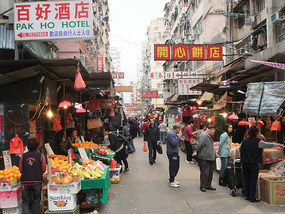
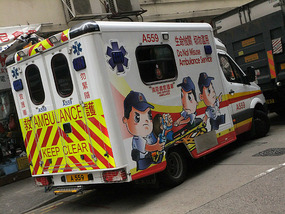
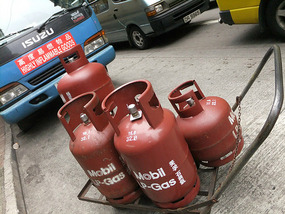
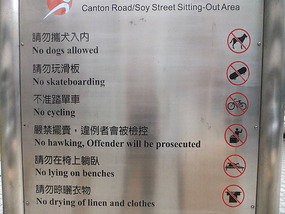
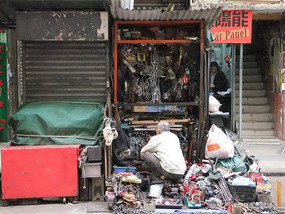
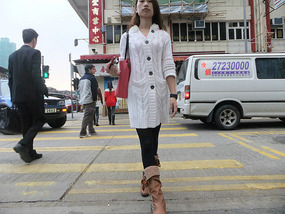
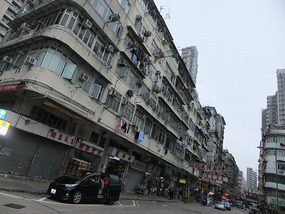
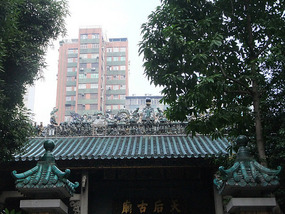
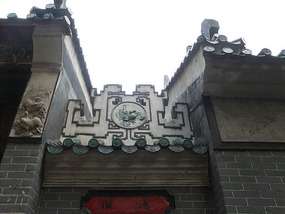
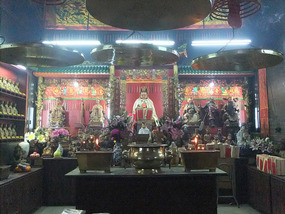
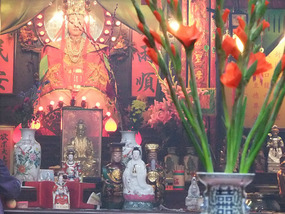
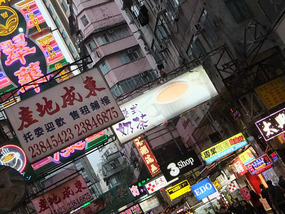
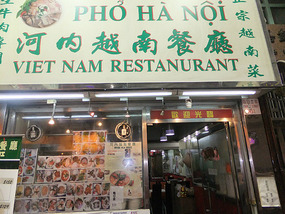
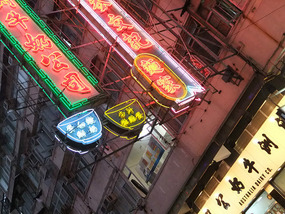
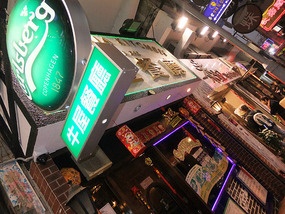
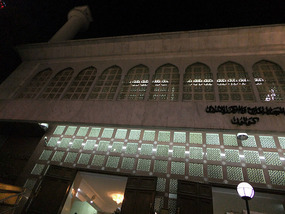
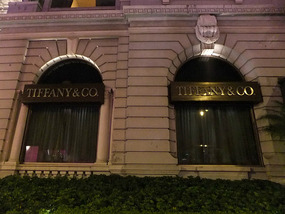
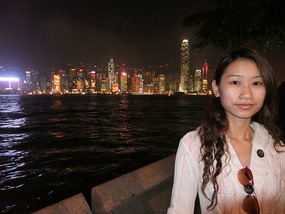

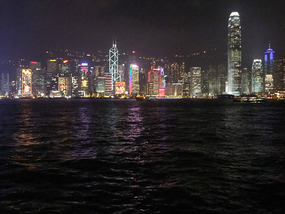
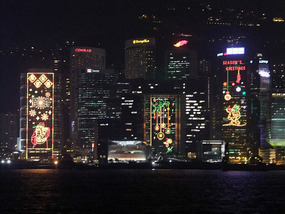
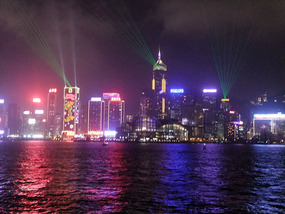
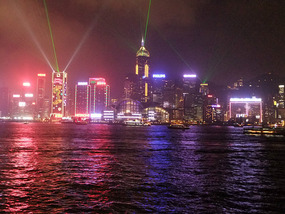
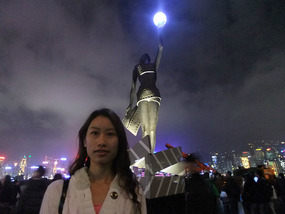
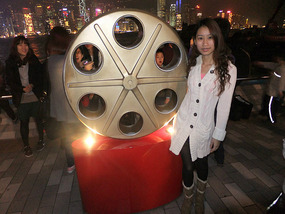
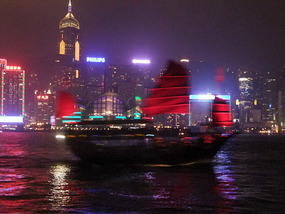
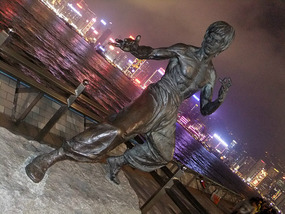

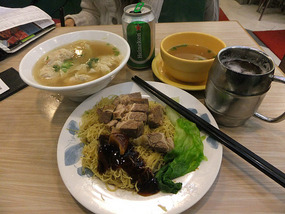
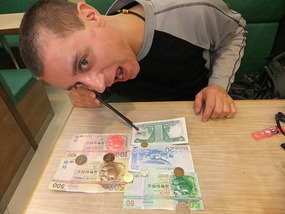
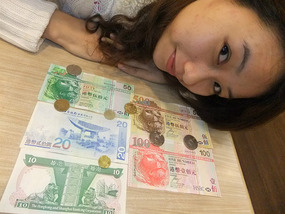
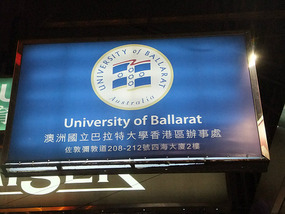
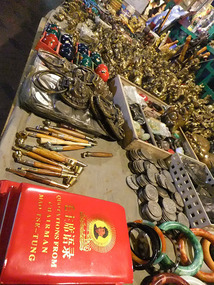

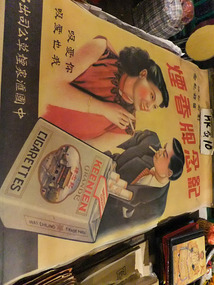
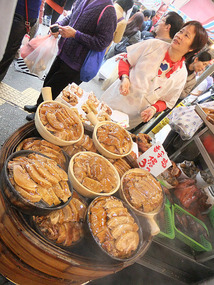


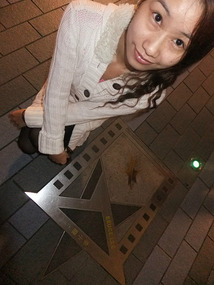
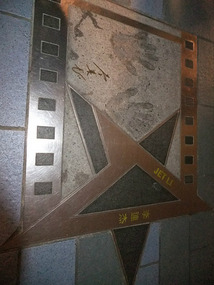

2025-05-22